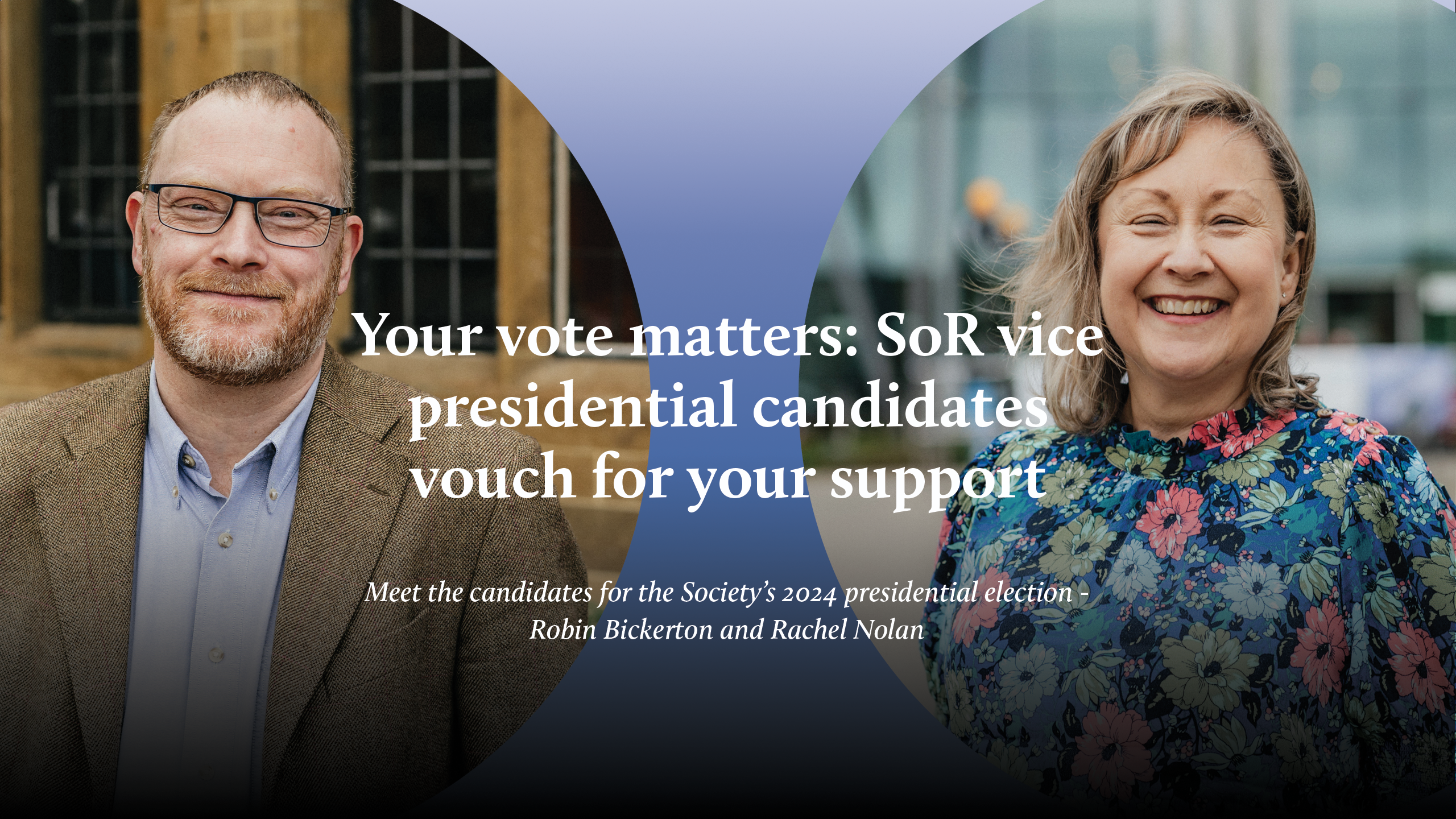
Your vote matters: SoR vice presidential candidates vouch for your support
Meet the candidates for the Society’s 2024 presidential election - Robin Bickerton and Rachel Nolan
The role of SoR president and vice president is a huge honour.
Elected by the Society’s membership, each year the president and vice president represent the whole of the radiography profession, meeting SoR members, attending events nationwide and helping to steer the direction of the Society.
For 2024, two SoR UK Council members have thrown their hats into the ring to represent you as the new president from 2026.
The candidates are Robin Bickerton, a CT lead radiographer in Oxfordshire and South East Region representative on UK Council, and Rachel Nolan, the Eastern Region rep on the council and assistant professional lead at North West Anglia NHS Foundation Trust.
How the elections work
Members of the SoR’s UK Council can put themselves forward for the presidential elections each year.
Since 2023, all SoR members have been able to vote on their preferred candidate. The winner of the election then becomes vice-president of the SoR from mid-2024, will then take on the role of president elect for one year in 2025-6, becoming president in mid-2026. This is followed by one year as chair of the Council.
This year’s presidential election will take place from 10-24 June 2024.
SoR members will receive an email containing the link to the voting site on 10 June.
Voting is your opportunity to have input into the leadership policies, strategies and decisions that shape the lives of members and the future of the SoR.
The Society encourages you to exercise your democratic rights and, along with other members, help elect to this important role. By voting you are making a statement that your opinion matters.
The candidates

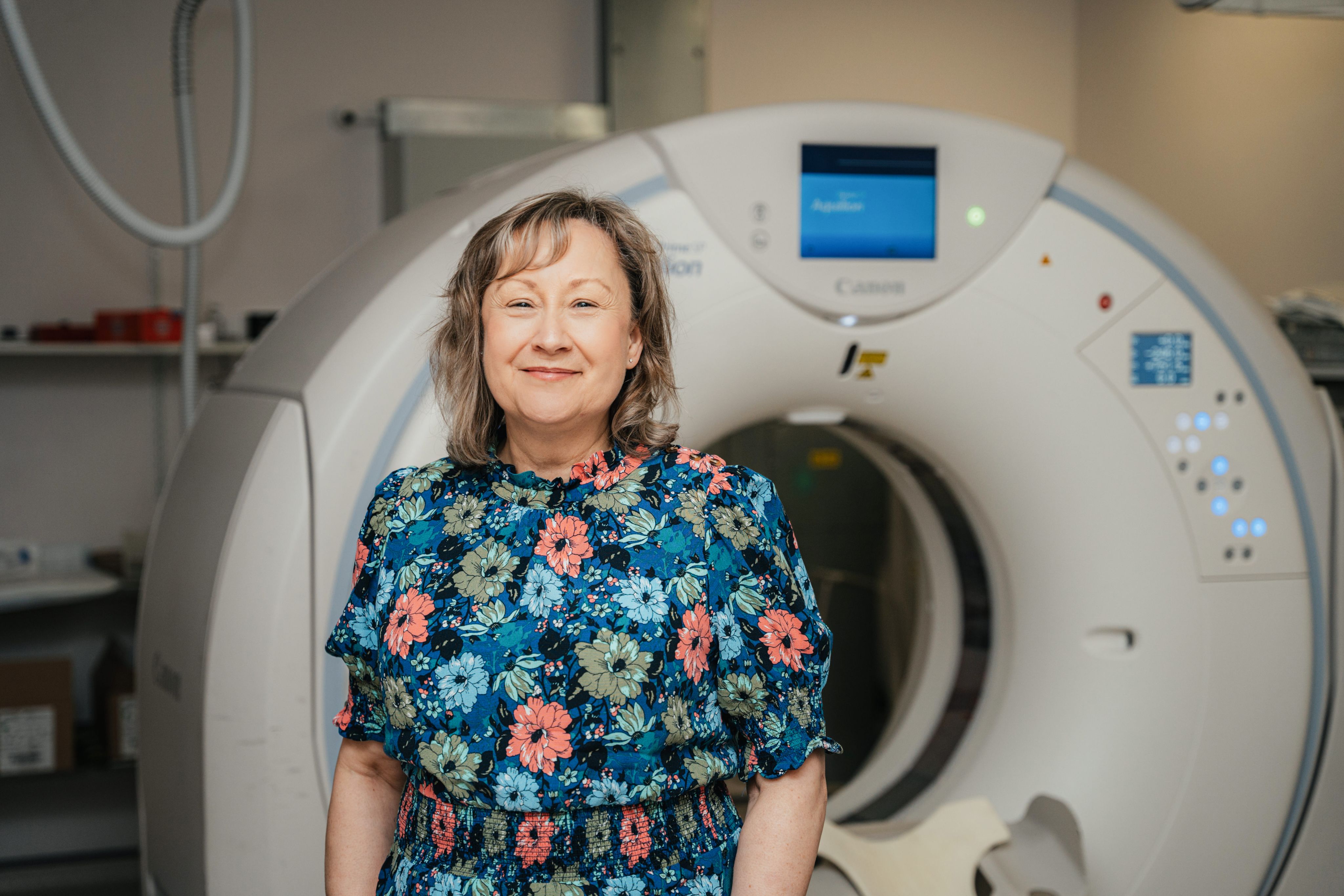
Rachel Nolan
Rachel Nolan is the SoR’s Eastern rep on UK Council and assistant professional lead at Peterborough City Hospital, North West Anglia NHS Foundation Trust.
Rachel trained in radiography at the Lincolnshire School of Radiography, qualifying in 1989. She started work as what was then called a basic grade radiographer at the Edith Cavell Hospital in Peterborough in January 1990.
After three years in that role, Rachel undertook the first ever postgraduate certificate in ultrasound at the University of Derby and then spent the next 20 years working in ultrasound, progressing to lead for ultrasound.
For the past 12 years, Rachel has been assistant professional lead at Peterborough City Hospital and does a lot of work focused around strategy and workforce.
Rachel has been involved with the SoR since 2015 when she was approached by the Society’s executive director for professional policy, Charlotte Beardmore.
Charlotte asked Rachel to join the Society’s new Diagnostic Imaging Advisory Group. An opportunity then arose to be a Society council representative for the Eastern region in 2022, and Rachel decided to put her name forward with an ambition to continue her work promoting the profession nationally.
Priorities as president
On her priorities if elected president, Rachel said she would look for new opportunities for radiographers and to help raise the profile of the profession further.
She added that an update to Agenda for Change would be high on her list of priorities in the role, as she feels the pay scales haven’t kept up with the changes in the profession.
Sonographer registration is another key area Rachel said she would like to work towards, along with addressing the attrition rate in radiography.
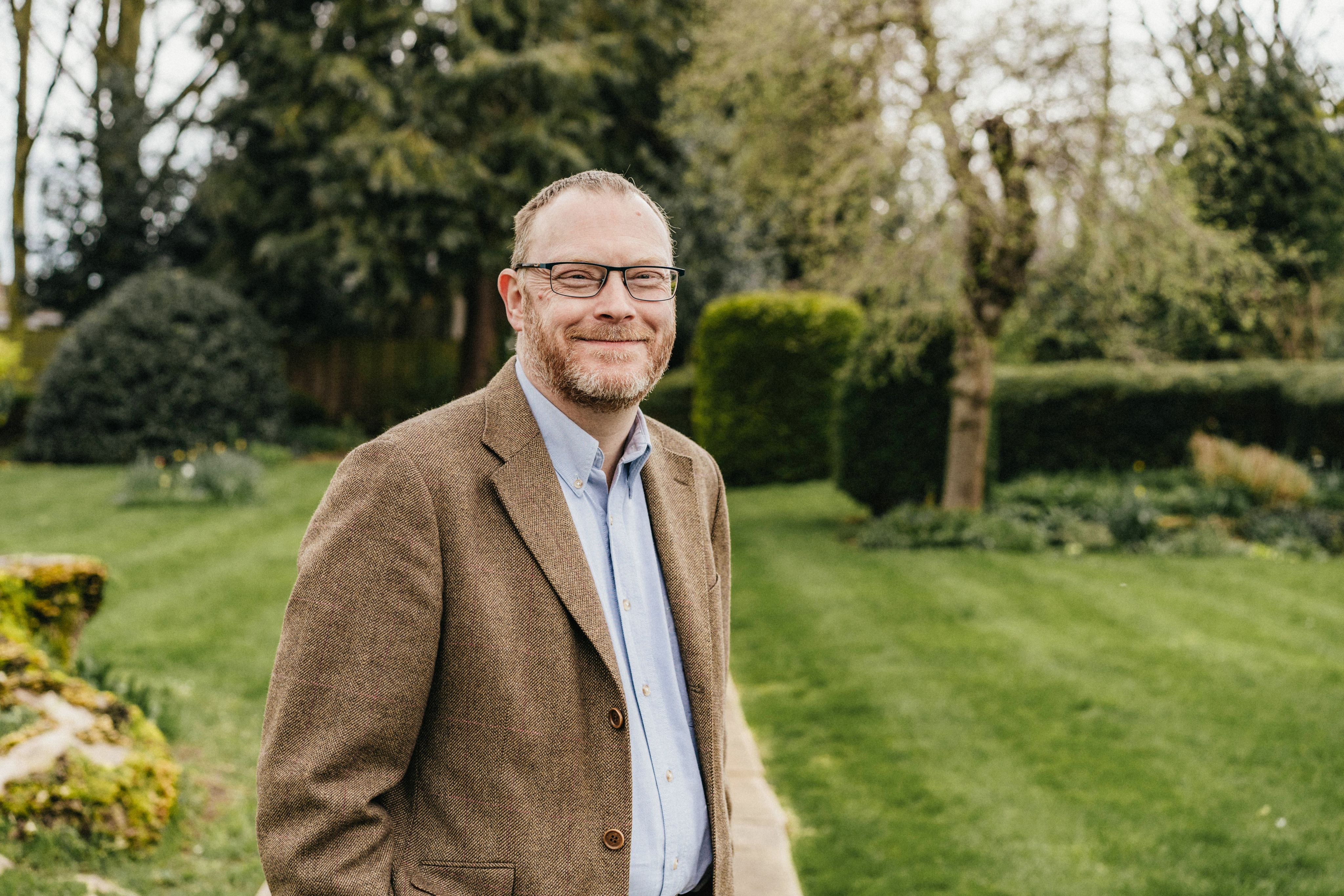
Robin Bickerton
Robin Bickerton is the SoR’s South East Region rep on UK Council and is CT lead radiographer at Horton Hospital in Banbury, Oxfordshire.
His path into radiography came later in life. While working in retail, Robin was able to undertake a trial work shift at a hospital with a friend who had recently gone into radiography.
Robin then undertook a foundation degree at university followed by a radiography degree.
After qualifying, Robin joined the Horton where he has worked for the past 15 years.
He has also been involved with the SoR since his radiography degree, starting out as a cohort rep and moving on to a role as student rep for the South East.
After attending his first Annual Delegates Conference with the SoR, Robin was also elected as one of the first student observers to the UK Council.
Robin then became an industrial relations rep for the South East, going on to serve as a presidential alternate, and has since been elected to UK Council as South East rep.
Priorities as president
Robin said that as president his priorities would be centred around terms and conditions for radiographers, particularly with an impending general election.
Workforce is also among Robin’s priorities, as the number of radiographers in the UK is expected to grow in future. Support for international radiographers moving to the UK is also a key area for Robin.
Pressure around workloads is also among the list of priorities Robin would like to address as president, alongside pay and pensions for radiographers.
He said he wants the SoR to be proactive in dealing with these issues, by trying to influence policy and working with decision makers.
The candidate statements

Robin Bickerton:
Dear members of the Society of Radiographers
My name is Robin Bickerton and for the last four years I have had the privilege of being the South East regional council member. I am honoured to put myself forward for election for the role of vice president.
The last few years have been something I have been very proud of, as our profession adapted to new ways. As a council member I have sought to help evolve the SoR to the benefit of the members and good of the organisation.
I have been involved with the South-East region of the Society of Radiographers since being a first-year radiography student. I was a pathway and faculty board student representative and was one of the first ADC student observers to council.
When I started at the Horton, I was asked to be the department industrial relations representative, which I have found to be one of the most fulfilling parts of my career.
In the past I have been vice-chair of the Trust Staff Side. I have also been involved with The British Society for the History of Radiology for many years on which I serve as a trustee. I also sit on the Patient Advisory Group, which I really enjoy and feeds back well into both my work and SoR roles. I have recently also joined the Radiation Protection Group, which involves meeting with groups with a diverse range of expertise in the field.
I am the lead CT Radiographer working at the Horton Hospital Banbury which is part of Oxford University Hospitals NHS Foundation Trust and as a Band 7 in a district general hospital (DGH) I understand the challenges faced by the members of the region every day as I face them myself. I know how we feel about our pensions and pay.
In my previous career I was in retail management and used to deal with finance and budgets. This interest has led me to sit on the investment group which is very interesting and I view as a great responsibility.
At meetings I am not afraid to speak up but I also always listen to others and enjoy a good well-mannered debate, whilst I am one who is comfortable to change my stance when it is prudent to do so. The new strategy is under development as I write this and it is a process I am fully engaged with and am eager to take forward with my colleagues on council.
I have a keen interest in how people with neurodivergent disabilities are treated in society and in the workplace as I am severely dyslexic myself.
I have always enjoyed serving my colleagues and the SoR to the best of my abilities and I would be privileged and honoured to be your vice president if you would wish me to.
My opponent in this election is a wonderful person who I have great respect for and has the knowledge and experience to be an excellent president, and I consider it an honour to stand against her whether I win or lose.
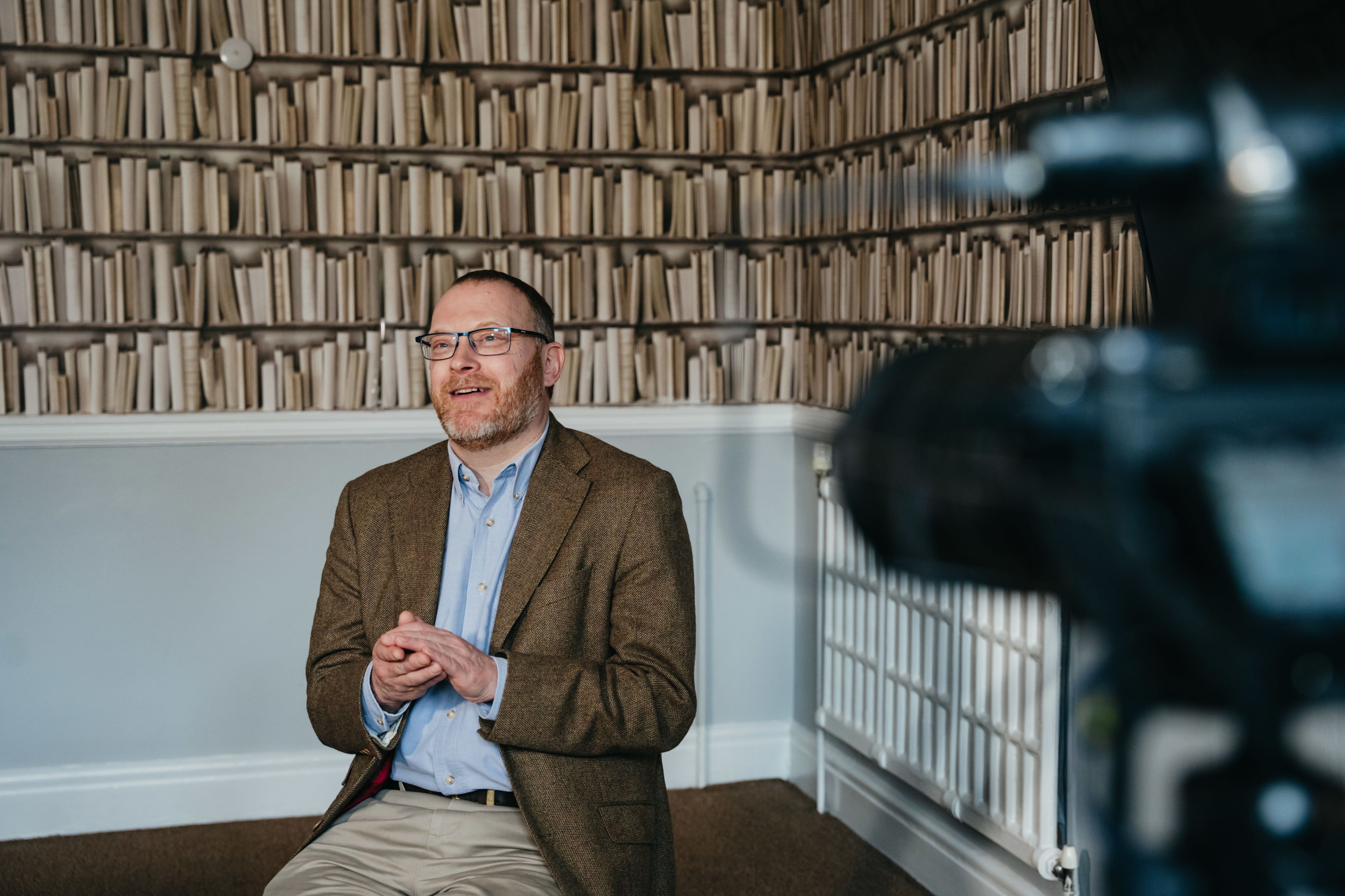
Rachel Nolan:
Hello, my name is Rachel Nolan, and I am standing to become the next Vice President of the SoR. I trained at the Lincolnshire School of Radiography, qualifying as a Diagnostic Radiographer in 1989. In 1993 I trained as a sonographer completing the first PgC at Derby University. I have over 30 years of experience in the profession and have seen many changes including the introduction of digital technology and advanced practice.
The department I lead has been at the forefront of the enhanced/advanced practice revolution. We became one of the first sonographer-led services, introducing specialist and interventional roles and were one of the first DGHs to perform ultrasound contrast. I sat on the BMUS safety committee contributing to the Standardisation of Ultrasound Exposure Reporting for Bio-Effects and Safety Studies.
Around 12 years ago I moved into the assistant imaging lead role. I’ve dealt with challenges around workforce and staff retention, introducing various roles including consultant radiographer and sonographer posts, specialist clinical roles and routes into leadership. Staff growth is essential for retention of the workforce.
I have sat on the Diagnostic Imaging Advisory group for six years, initially as vice chair and now as UK Council representative. This has proved invaluable experience.
I’ve had the privilege to present at study days and conferences over the years and am never one to shy away from a good debate.
I always ensure radiographers have a voice at both trust and national meetings.
Working with other members of UK Council has given me insight into challenges across the four nations in both diagnostics and therapy but also the amazing work that everyone is doing. I am proud to represent radiographers and the Society.
Agenda for Change bandings. The bandings haven’t changed with the advancement of practice meaning radiographers aren’t recognised for the expanded roles they perform which needs addressing.
Sonographer registration is an extremely important piece of work not only to recognise sonographers professionally but to ensure the safety of patients currently scanned by unregistered professionals.
Promotion and recognition of our profession and the people in it is a top priority, we are a challenged workforce having large vacancy rates and attrition. We must take action planning the future workforce, embedding different ways to enter the profession, providing post graduate training enabling career progression.
I’m keen to continue the work done by recent presidential teams, adding my own ideas to what is already being achieved. I’d like to see more promotion of the profession so that radiographers get the recognition that they deserve for the vital work they do in both diagnostics and therapy.
Being elected vice president would be a huge honour and I would continue to work with the other board members to ensure resilience in the future.
There are many challenges ahead within healthcare in general and I am keen to ensure that the voices of our members are heard and acted upon.
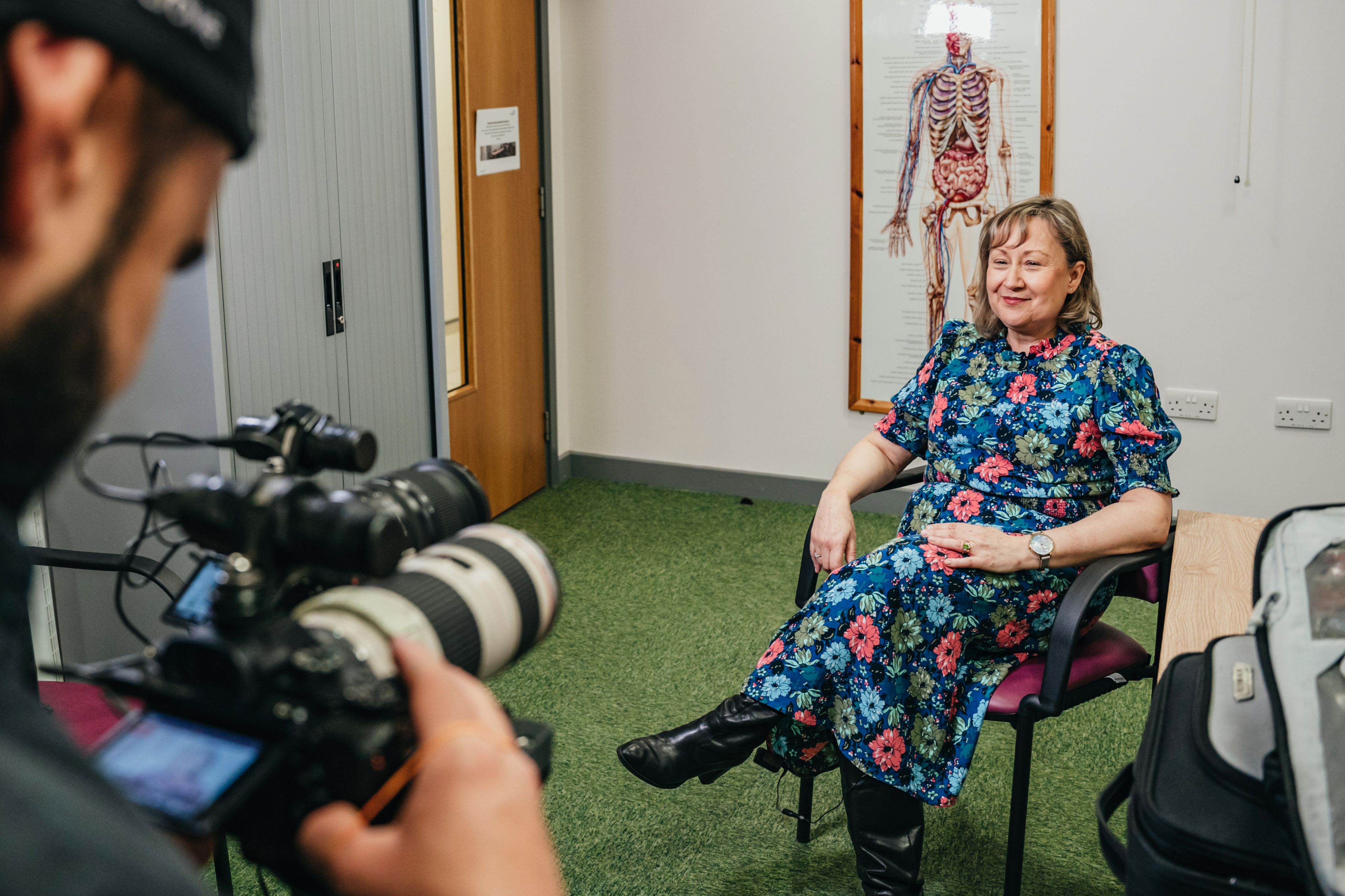
More about the UK Council
The UK Council of the Society of Radiographers is the Board of Directors and the governing Executive Committee for all activities. Members of the Council are elected from the membership by other members on a regional basis.
Read more


